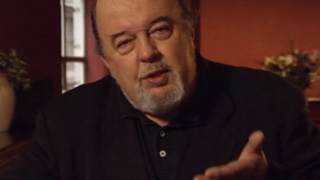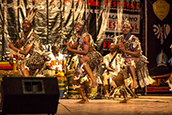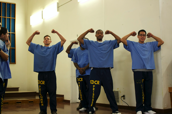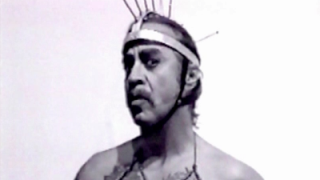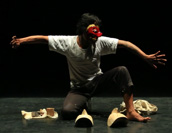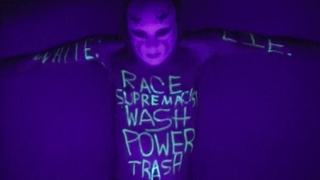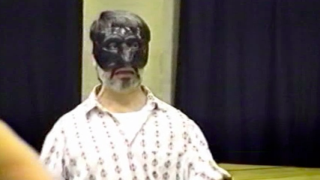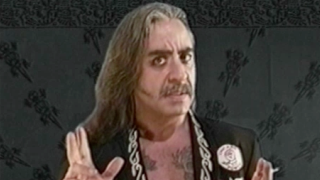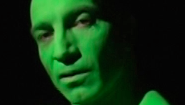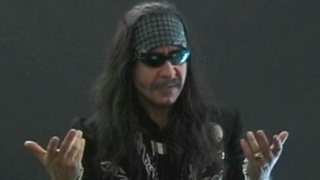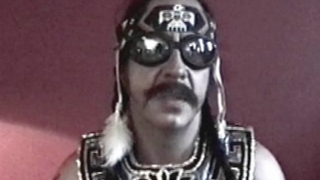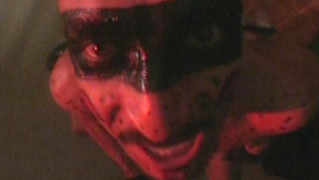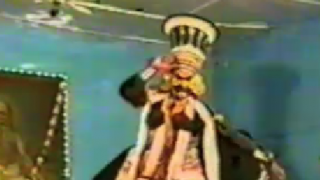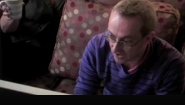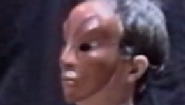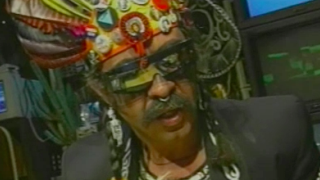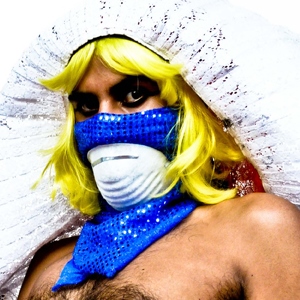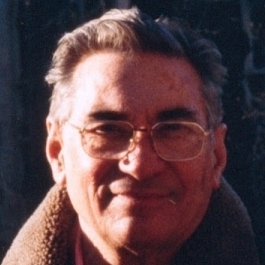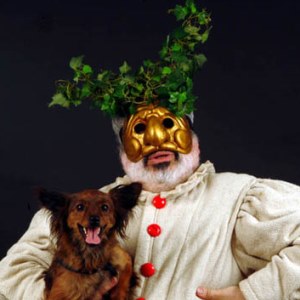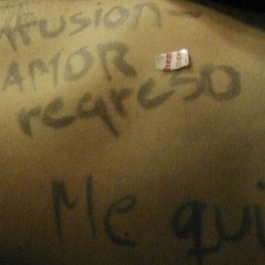Modes of masking or decorating the body have been used in performance through history, from ancient rituals, to ancient Greek theatre, to popular theatre’s red-nosed circus clown or the stock characters of commedia dell’arte, to the make-up that turns West End or Broadway performers into cats. Masks transform, enlarge, disguise or separate performers off from the everyday. But such traditional practices have also become experimental when translated from their original context. For example, Vsevolod Meyerhold used mask-like make-up to establish a grotesque idiom, and Jerzy Grotowski’s actors adopted ‘facial masks’ in Akropolis (1962). Masking always has a double function; as make-up might cover a face, a ‘mask’ hides the performer’s body. Masks also create a new identity and often project significant and complex meanings, as well as having a strong visual impact. In Asian performance masks occur in numerous forms and have religious, aesthetic and historical importance. In Western theatre, Jacques Copeau’s mask training and Jacques Lecoq’s neutral masks have proved how effective some sort of masking process can be for performers, both in the rehearsal of a role and in terms of the performer’s professional development.
Such process-based explorations of what it is to perform and to metamorphose oneself correspond to the body adornment, piercings and tattoos that permeate daily behaviour. These are a continuation of ritually derived activities in secular contexts. Performers Stelarc and Orlan, with her attempted Reincarnation of Saint Orlan (1990–93) as St Orlan to be brought about by radical cosmetic surgery, have further explored this crossover between everyday life and performance, as have many others involved in body art or performance art. Both these artists have examined how simple and sophisticated technologies can test, alter or transform the body, how our identity is constructed and how we perform ourselves. From the RCTP
Image: Odin Teatret & CTLS Archives. Work Demonstration: The Whispering Winds. Director: Eugenio Barba. Photo: Rossella Viti

